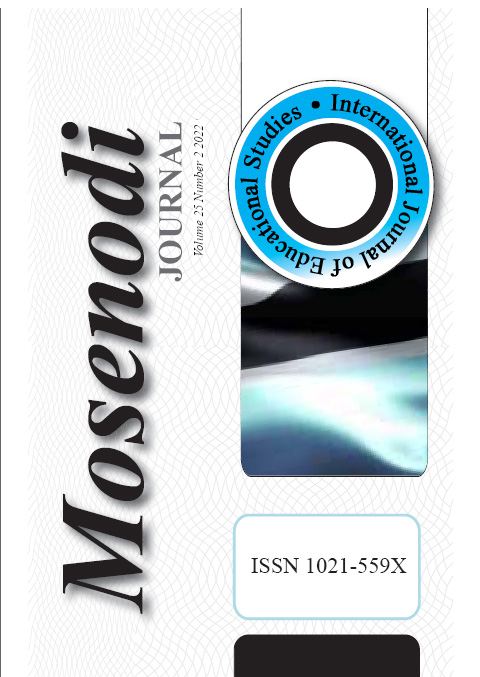RECONFIGURING AND PROGRAMMING VISUAL ARTS EDUCATION IN PRIMARY AND SECONDARY SCHOOLS AMIDST COVID-19 PROTOCOLS
Main Article Content
Abstract
Since the start of 2020, teaching and learning of the visual arts, which is primarily a hands-on
discipline, has been disrupted by the insurgence of COVID-19. Frequent national lockdowns and
adherence to World Health Organization (WHO) protocols seriously impacted on teaching and
learning. This comparative study investigated how visual arts teachers have, in the disruptive
process and environment, transitioned to the new normal in an effort to maintain quality teaching
and learning of the visual arts. Online interviews with in-service undergraduate and postgraduate
student teachers from one University in Botswana and another in Zimbabwe were used to establish
their pedagogical strategies, students’ learning as well as programmatic transformations to the
curriculum. Results revealed that teachers were caught unprepared by the onset of the pandemic
which compromised the quality of teaching and learning. Online pedagogy became the
predominant model. However, access to e-learning infrastructure created a social rift between rural
and urban schools. Collaborations and partnerships among stakeholders emerged as a critical
strategy that could be used to combat similar pandemics in the future.
